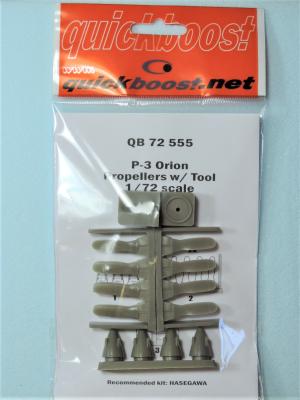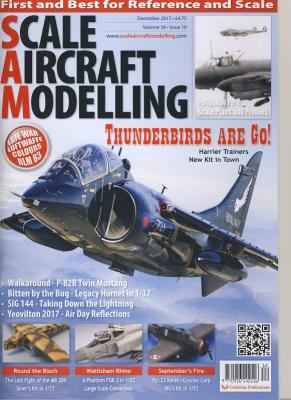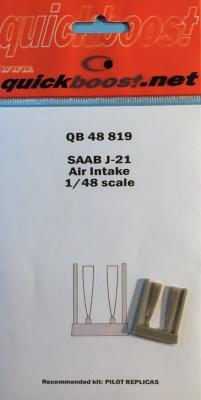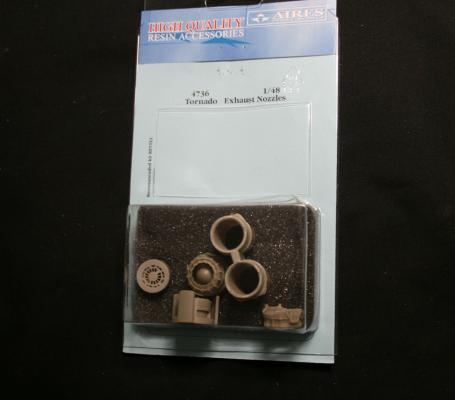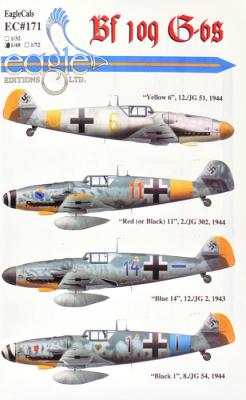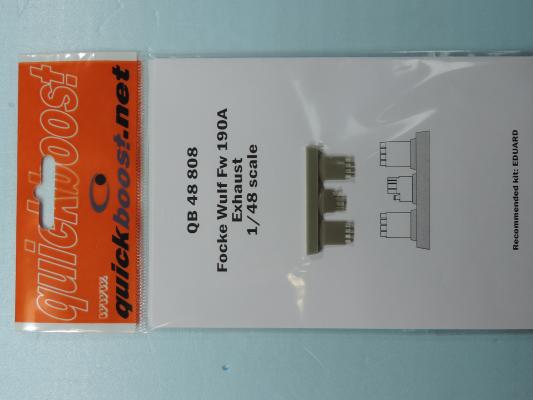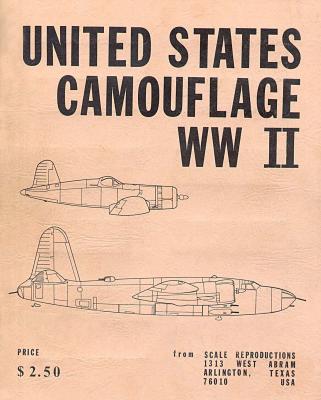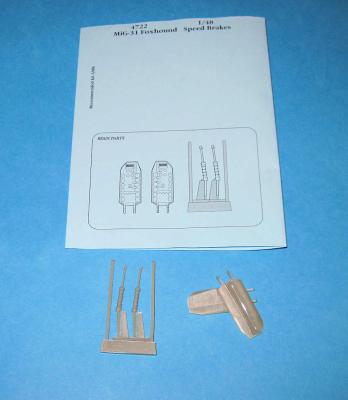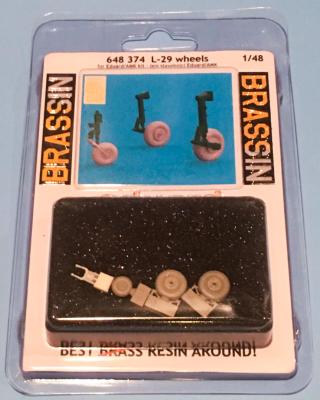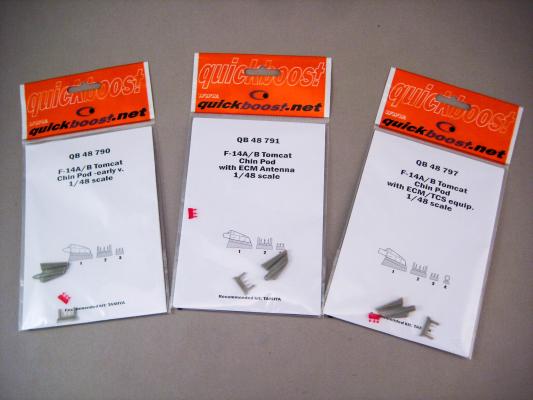Quickbost has produced a set of resin replacement propeller assemblies for the Hasegawa 1/72 scale Lockheed P-3 Orion kits. The resin replacement is a simple drop-in for the kit’s plastic parts. The supplied items include a separately cast spinner, post and blades with a cast resin assembly tool for inserting the blades at a consistent pitch. There is no modification required to the kit to use this prop assembly.
You may remember I was a bit confused by the extra 8 pages in the middle of the last issue I reviewed. This month my habit of reading everything in a magazine paid off. In the Editorial Gary indicated that the extra 8 pages are for subscribers as a extra thank you for fronting up for a year’s sub. This month the extra pages cover the Sub-Cutaneous which is not the name of the 8 pages but an article on Colour. A build of a couple of 1/144th scale Vampires. A page of aircraft model pics from the US Nationals in Omaha (I would have liked these to be part of the regular magazine, but I might be a bit biased). The last 3 extra pages cover a nice build of the Hasagawa 32nd scale A6M5c Zero.
So what is in the rest of the magazine? Quite a bit as usual.
Want an easy upgrade to any 1/48 Saab J 21? Step right up to the new Quickboost Saab J 21 air intake set that provides a beautiful replacement to what is supplied in the kit. As a bonus, you get two air intakes! That’s right! You will find that this honey of a kit is so good you will want to build a second.
The parts are packaged in the standard Quickboost re-closable packaging with a paper stiffener along with the description card. These parts are specific to fit the Pilot Replicas accurate and highly detailed 1/48 Saab J 21 A-3 injected plastic kit. A promised future release of the Saab A 21 will also use the same air intake. I believe this currently is the one and only kit release of a Saab J 21 in 1/48 scale, but I can’t promise you there is not a vacuform kit out there somewhere.
This update set is typical Aires, coming in a sturdy plastic package with foam backing and instructions tucked in between the cardboard back and plastic. First impression is how crisp the detail is on the internal afterburner nozzles and after burner cans. Mold release is non-existent however I still recommend washing the resin before use.
Compared to the Revell kit parts, the Aires set has a finer detailed afterburner fuel manifold & flame stabilizer at an astonishing degree of detail. One word or warning as you will see in the pictures, be very careful when removing the excess material. I used a belt sander and trimmed to what appears correct in the instructions and it gets very thin. Portions of the burner ring backing vanish just leaving the fine webs of the fuel manifold. This will allow you to see right through the part until it is installed on the kit. I fine-tuned removing the back of the part with 600 grit wet/dry sand paper so be very careful.
The Bf-109G-6 was the most produced variant of the iconic German fighter and as such the paint schemes on it were varied and could get quite interesting. That is where this sheet comes in.
Eagle Editions is known for its Luftwaffe releases and Jerry Crandall is world renowned for his expertise on the Luftwaffe. So it is with that information that I am always eager for each new release. This decal sheet does not disappoint. The Bf-109 is my favorite aircraft and a popular modeling subject. With the release of the Eduard and Zvezda kits recently and even more recently the Tamiya one there is no lack of plastic to add these decals to.
Quickbost has produced replacement exhausts for the Hasegawa 1/48 F-190 kits. The resin replacements are a simple drop-in substitute for the kit’s plastic parts. The supplied items include all three separate exhaust stacks. There is no modification required to the kit parts to use these resin replacements. The resin parts will need to be cut with a razor saw close to the base of the stacks to fit properly, so use care when removing the stubs.
A side by side evaluation (see photos) indicates a replacement of superior detail that will provide a more accurate rendition of the Butcher Bird’s exhaust assemblies. Check your references for the appropriate placement. Be sure to wash the parts in soapy water to remove mold release agents and prime prior to using your favorite modeling paints.
Highly recommended.
Thanks to the IPMS Reviewer Corps and Quickboost for the opportunity to review this item.
This is the 2nd eBook provided by Richard Marmo that I have had the opportunity to review recently.
United States Camouflage WWII, is not a book written by Richard, but rather is a book compiled and published by Jay Frank Dial in 1964. Richard restored and enhanced it, and then converted it (with small additions) to PDF format in 2008. According to the promotional blurb, the original book has/had been difficult to locate and was expensive when found. I did a quick search on abebooks and was able to locate a few copies, some cheaper than others (none cheaper than this eBook). The original book had only one production run in 1964 and was never reprinted.
AMK’s 1/48 Mig-31 is a kit that, once you see one built, it grabs you. Phenomenal engineering of a large subject is a real show stopper. Even as well designed as the kit is, there is always some room for improvements. Aires to the rescue with a set of speed brakes and pistons as replacements.
Inside the package, you will find a left and right speed brake (they are handed so watch for location) and two pistons for support. There are no instructions as these are direct replacements for the kit parts.
Preparation consists of freeing the pistons from the casting block and webbing which is easily accomplished with a sharp knife. You can see that the Aires parts (also available from Quickboost as a standalone set) are cast finer especially in the piston parts. A small difference but noticeable.
The Czechoslovakian Aero Vodochody L-29 Delfin (NATO code Maya) became the standard jet trainer for the Warsaw Pact Air Forces. First flight was on April 5, 1959. Two-thirds of the over 3,000 aircraft manufactured have served with the Soviet Air Force as its standard basic, intermediate, and weapons platform trainer. The L-29 has seen combat in several wars, notably the 1973 Yom Kippur War and the Nigerian Civil War in the sixties. Many have been sold to the private sector with some performing in airshows and air races.
This set is specifically designed for the AMK 1/48 L-29 kit. Of course it will work in the Eduard kit as well since Eduard used the AMK molds for the enhanced release. I don’t have the earlier Planet Models resin kit, but I’m sure these wheels will dress it up as well.
The Tamiya F-14A Tomcat set a standard for plastic model kits. If there is a drawback it is that the aircraft can only be built as a very early Tomcat. Well Quickboost has addressed most of the options to upgrade your Tomcat’s chin pod. All these chin pods were used on later F-14As and F-14Bs.

